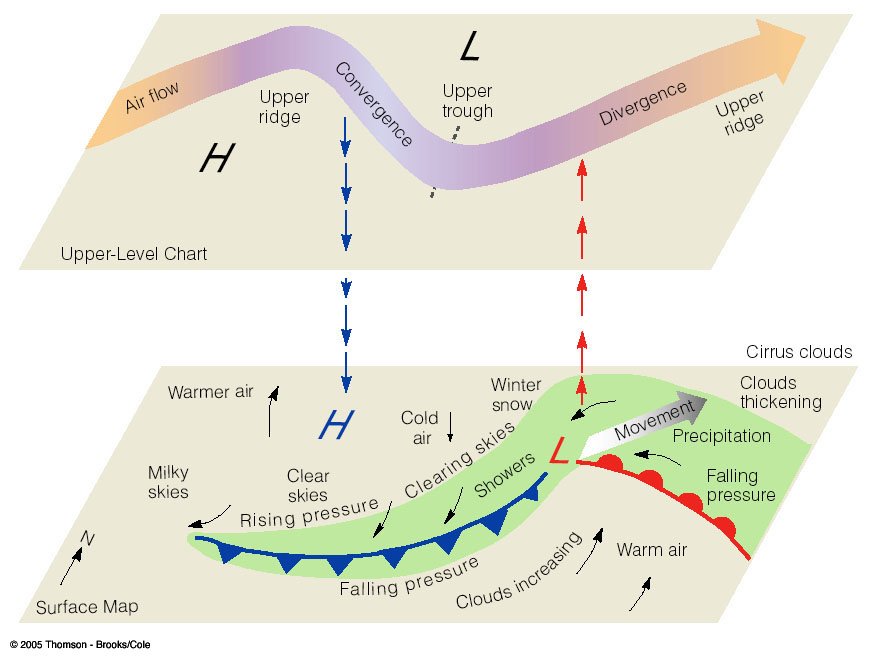Evaluating the Impact of Global Warming on the Frequency (Regularity) of Tropical Cyclones:
Global warming is a phenomenon that has drawn significant scientific attention over the past few decades, not least because of its extensive potential to alter weather patterns across the globe. Of particular interest to meteorologists and climatologists is the possible influence of global warming on the frequency of tropical cyclones, also known as hurricanes or typhoons. This article aims to evaluate existing research and data to better understand the impact of global warming on the regularity of these severe weather events.
Evaluating the Impact of Global Warming on the Frequency (Regularity) of Tropical Cyclones
Understanding the Basics: Tropical Cyclones and Global Warming
Tropical cyclones are intense, rotating storm systems characterized by heavy rain, high winds, and low pressure centers. They form over warm ocean waters, primarily in the tropics, and draw their energy from the heat and moisture of the ocean surface.
Global warming, on the other hand, refers to the long-term increase in Earth’s average temperature, primarily caused by increased greenhouse gases in the atmosphere from human activities like burning fossil fuels. As global temperatures rise, so do ocean temperatures – a factor of significant relevance to the formation of tropical cyclones.
Global Warming and Tropical Cyclone Frequency
While it might seem intuitive that warmer ocean temperatures would increase the number of tropical cyclones, the reality is more complex. The relationship between global warming and cyclone frequency isn’t straightforward, as cyclone formation is influenced by a host of factors, including sea surface temperature (SST), atmospheric wind patterns, and the vertical temperature gradient in the atmosphere.
Research is ongoing, but several studies have suggested that global warming may not necessarily increase the overall number of tropical cyclones. For instance, a 2010 study by Knutson et al., published in Nature Geoscience, suggested that while the total number of tropical cyclones worldwide might decrease or remain about the same as the world warms, the number of most intense storms (Category 4 and 5 on the Saffir-Simpson scale) would increase.
Increased Intensity, Not Frequency
More recent studies continue to suggest a similar trend, with global warming likely to increase the intensity rather than the frequency of tropical cyclones. Warmer seas provide more energy for storm systems, potentially creating stronger storms, while also contributing to higher sea levels, increasing the risk and impact of storm surges.
Furthermore, a study by Bhatia et al. in 2018 in the Proceedings of the National Academy of Sciences suggested that the rapid rate of warming in the Arctic could lead to changes in atmospheric circulation patterns, potentially influencing the tracks of tropical cyclones.
Conclusion
While it’s clear that global warming has the potential to influence tropical cyclones, the evidence thus far suggests that its primary impact may be on storm intensity rather than frequency. However, this doesn’t diminish the potential threat posed by these weather events, particularly as increased storm intensity can lead to greater damage and risk to human life.
As global warming continues to be a pressing issue, it’s crucial that we continue to study its impact on extreme weather events like tropical cyclones. More accurate projections will aid in better preparedness strategies, disaster management planning, and hopefully, in efforts to mitigate the worst effects of global warming.





